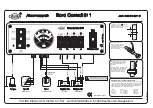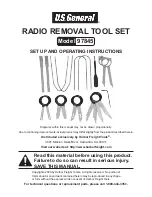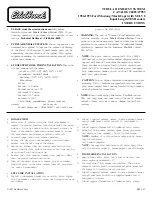
84
Seat and Restraint System
How to Wear Seat Belt Correctly
This section is only intended for adults.
There is some important information that
you should know first before you or passen-
gers in the vehicle wearing the seat belts.
The seat belts have different protective reg-
ulations and special requirements for the
children and infants. If the children or
infants are in the vehicle, refer to “Older
Children” or “Infants” in Section 4 “Seat and
Restraint System” and observe the different
protective regulations for different people. It
is important for all passengers to wear their
seat belts.
Accident statistics suggest that the unbelted
persons are more likely to be injured than
the belted persons in the event of a colli-
sion. The unbelted passengers may be
thrown out in the event of a collision. In
addition, they may hit other belted persons.
Sit up straight with feet extended on the
floor all the time. The crotch belt portion
should be placed as low as possible, snug
across the hips and just in contact with the
thighs. In the event of a collision, the crotch
belt can apply the force to the stronger hip
bone and help you reduce the possibility of
sliding under the hip belt. If you slide under
the crotch belt, the hip belt may apply the
force to your abdomen. This may cause
serious or even fatal injuries. Extend the
shoulder belt over the shoulder and position
the belt across the chest. These areas of
the body can bear the constraint force of
the seat belt best. In the event of a sudden
braking or collision, the shoulder belt may
be locked.
















































